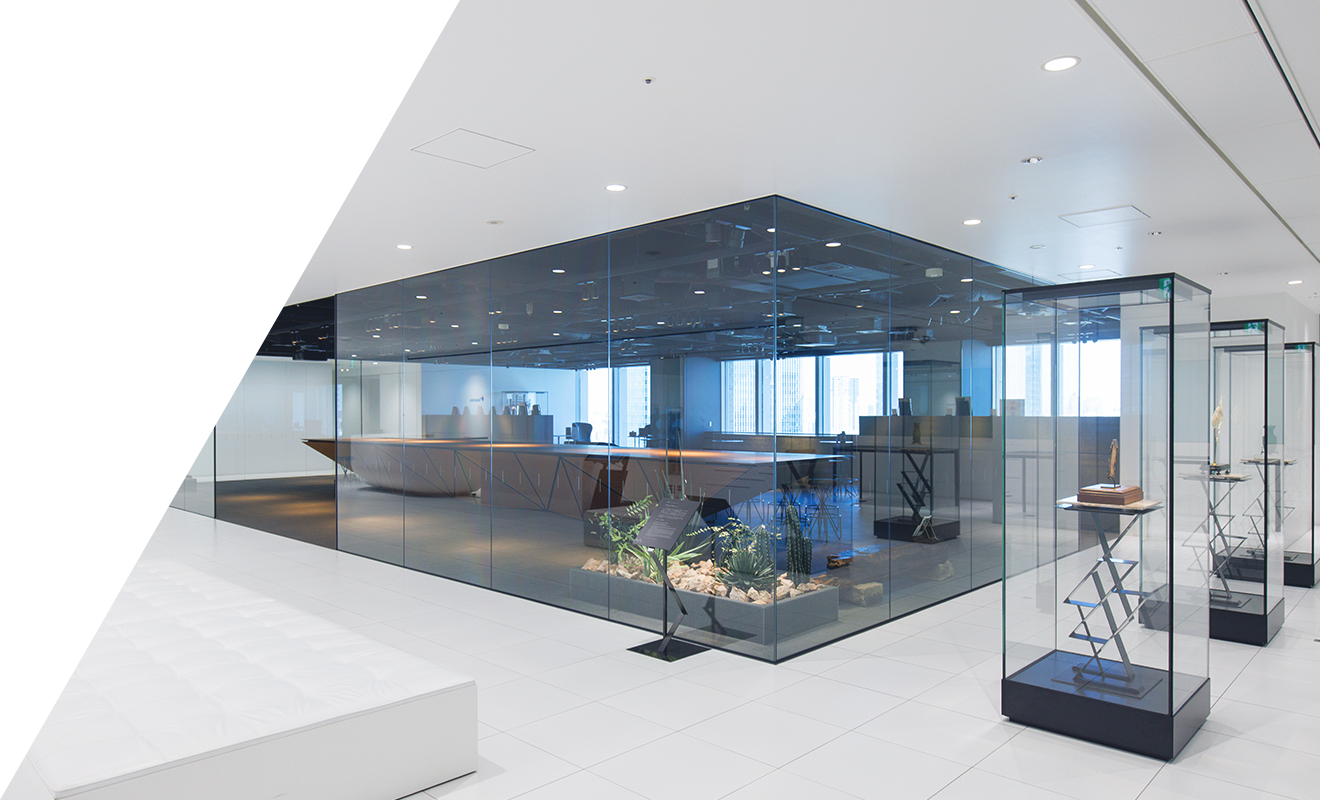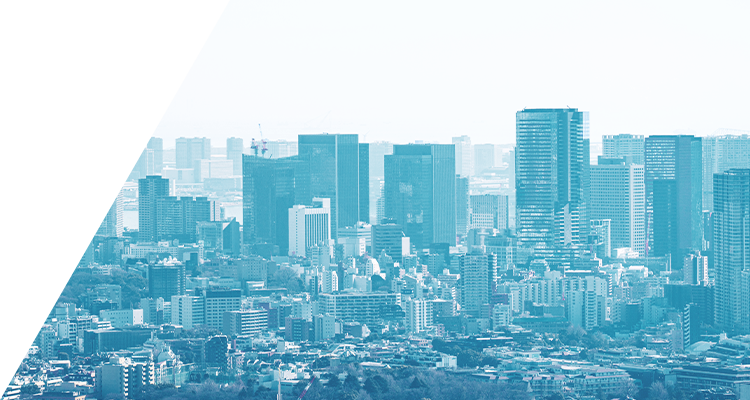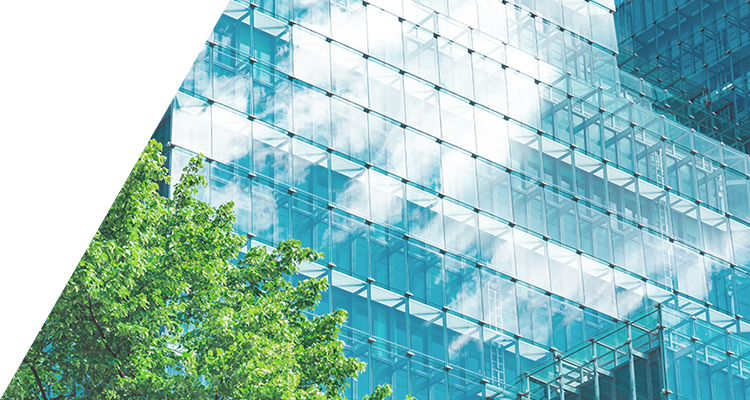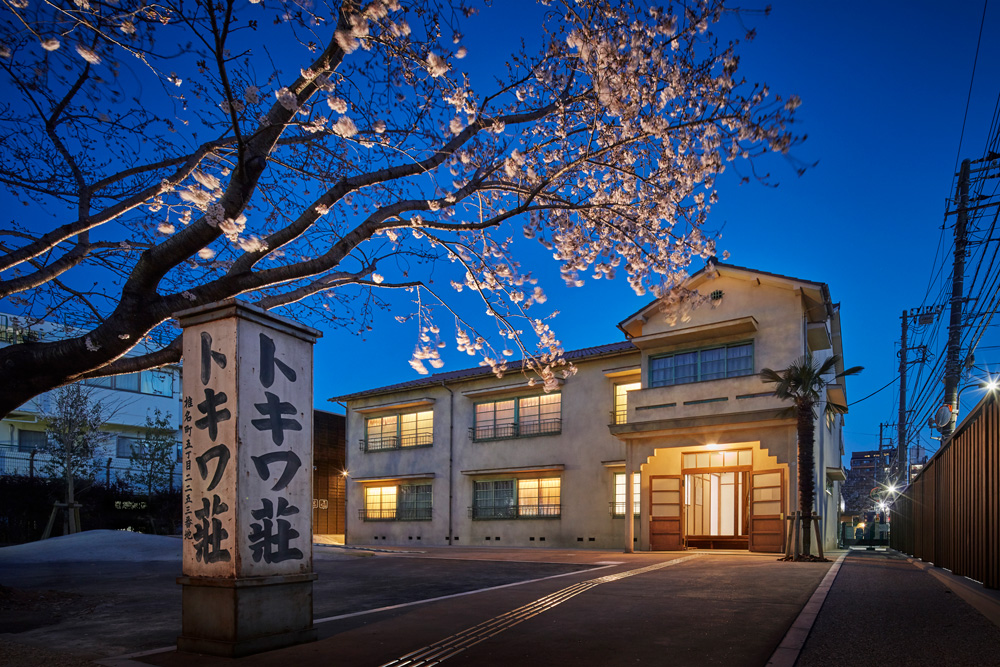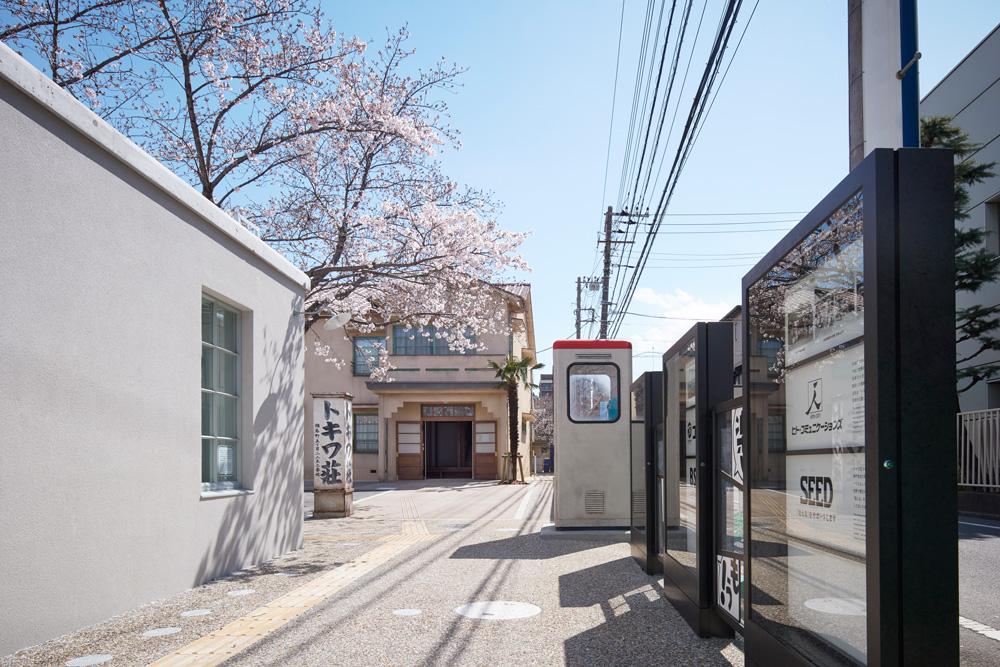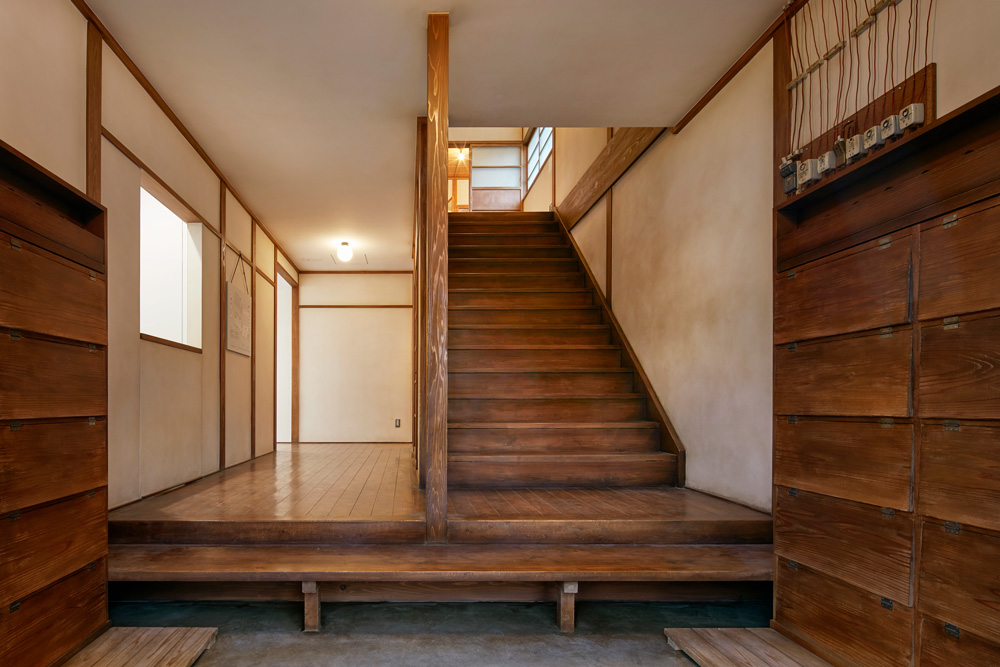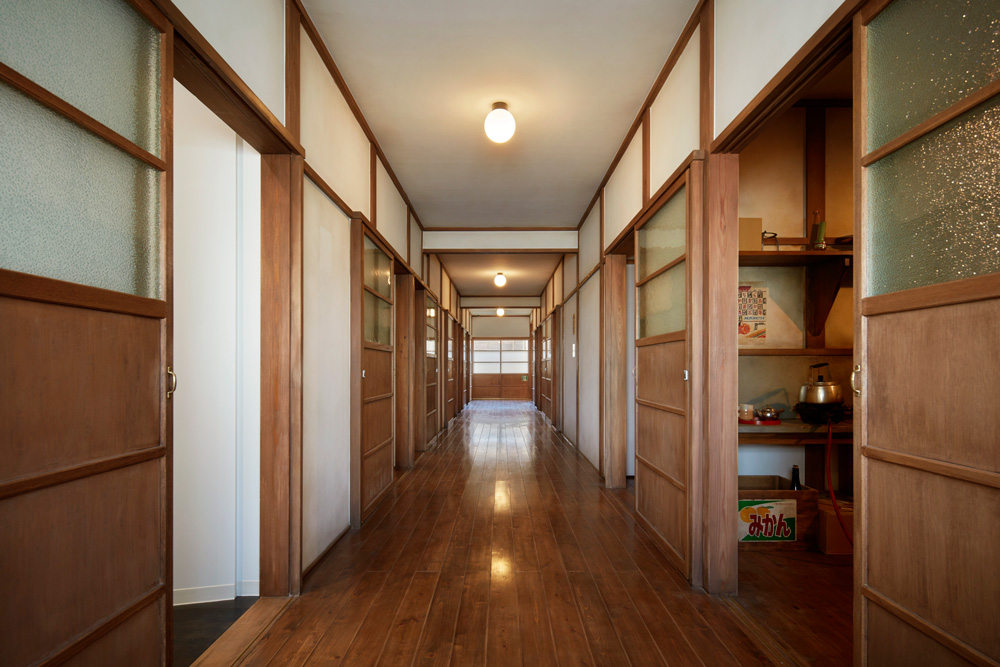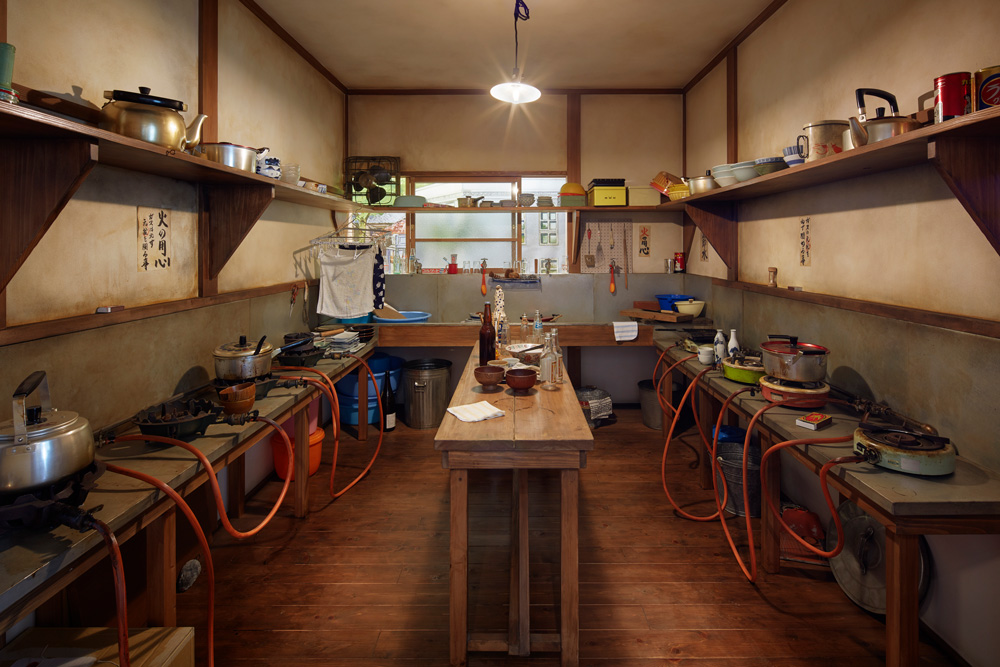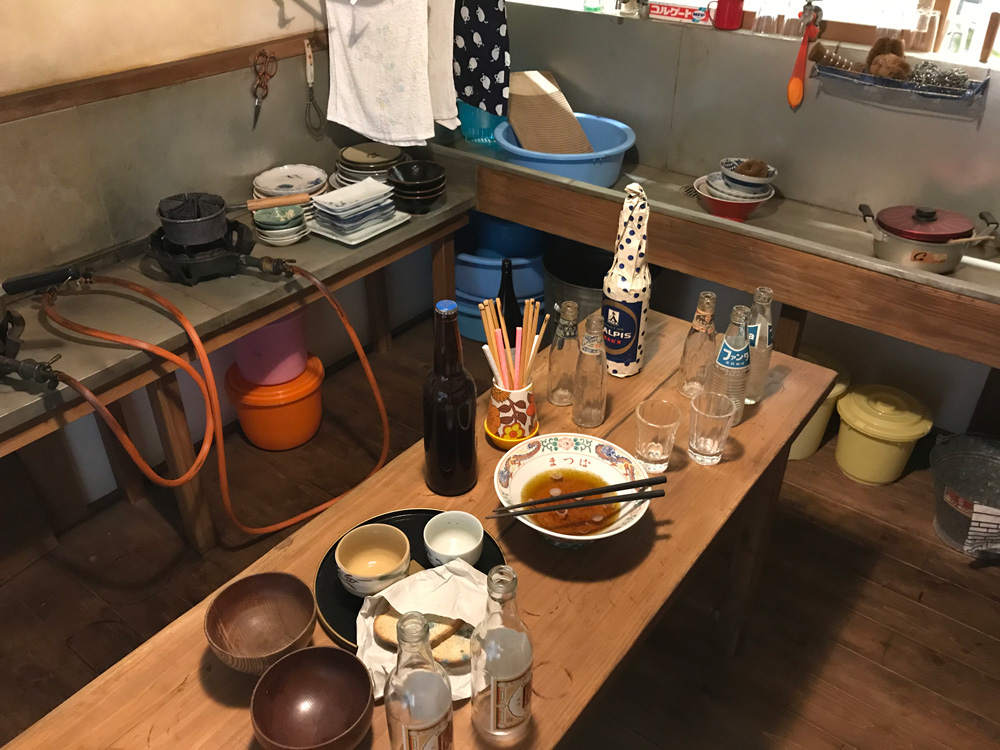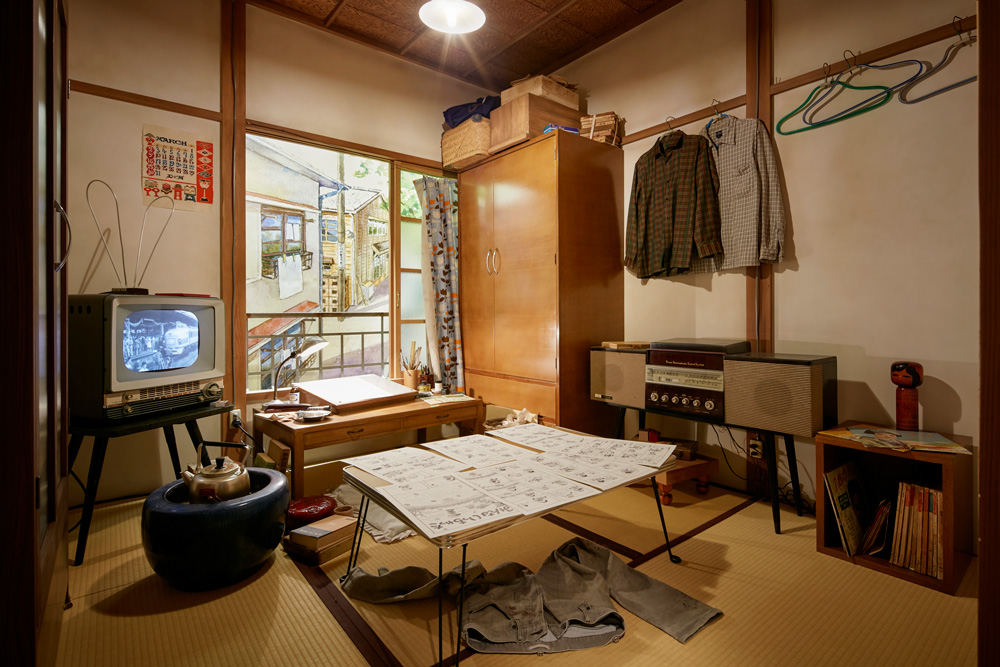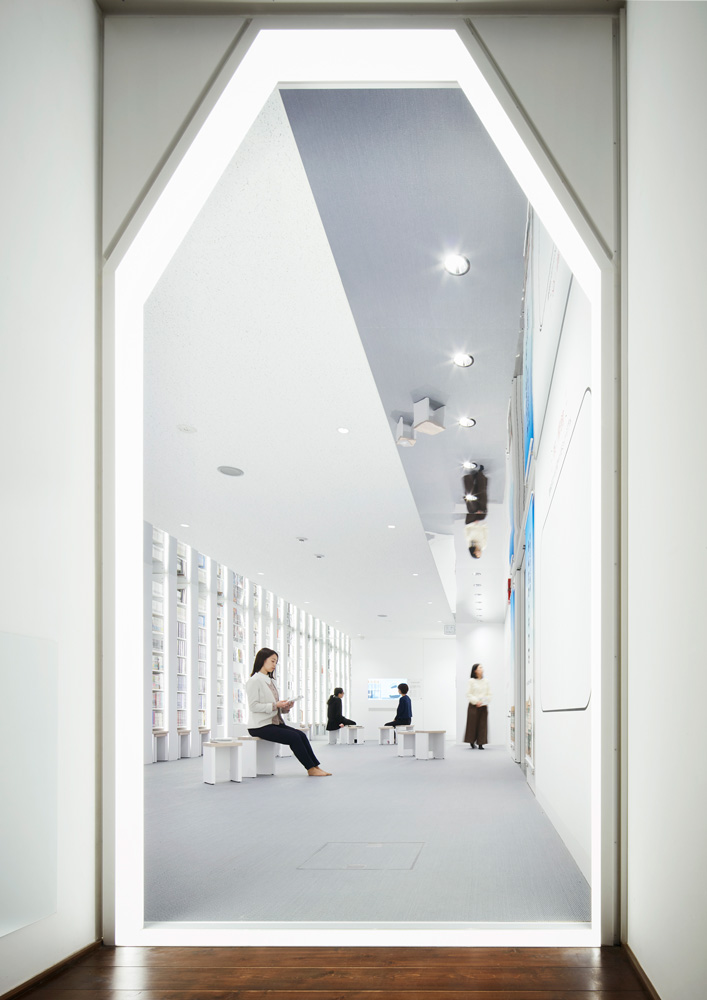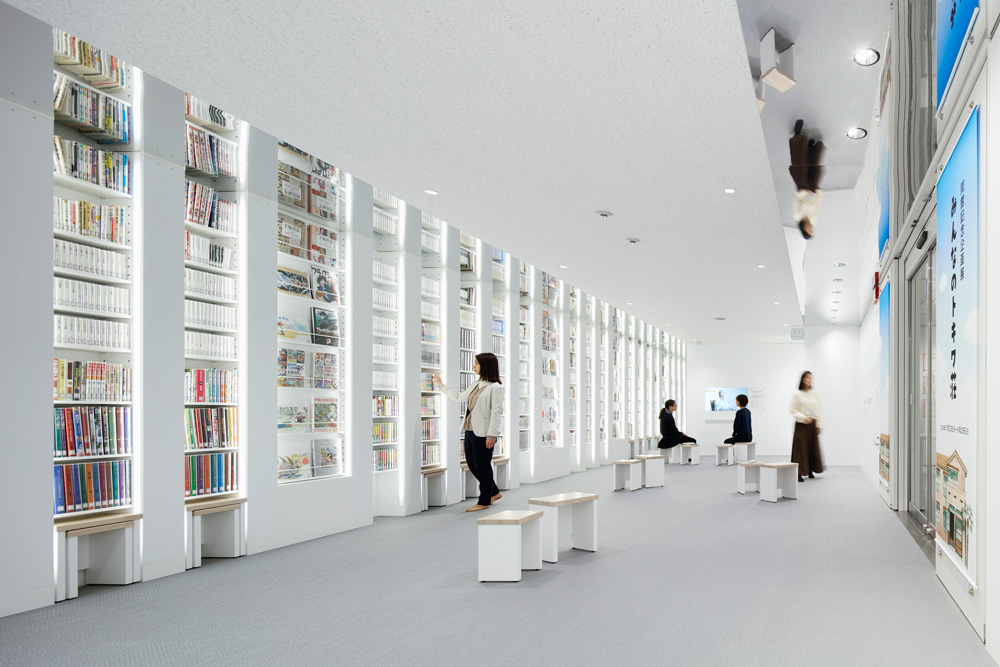Site Search
- TOP
- Project Details
- List of achievements
- Toshima City Tokiwaso Manga Museum
Toshima City Tokiwaso Manga Museum
A local activity hub that recreates "Tokiwa-so," where the great masters of the manga world once lived and gathered, and passes on their memories and culture.
- Cultural Spaces
Photo: Forward Stroke inc.
About the Project
| Overview | "Tokiwaso" is where Tezuka Osamu and other modern manga masters lived and spent their youthful days. The building, which was demolished in 1982 due to aging and has been recreated as a manga museum thanks to the aspirations of many fans and local residents. As a symbol of "Toshima, the Manga Mecca," the new facility will serve as a base for spreading information about manga and anime culture, and as a local activity base for promoting town development via manga. |
|---|---|
| Issues/Themes | To reproduce the memory of Tokiwaso and its culture as faithfully as possible, and to secure its function as a museum, we placed consideration on the exhibition storage environment and how to make it a place that contributes to the spreading of information and local revitalization. |
| Space Solution/Realization | We conducted various surveys to reproduce Tokiwaso as close as possible to its original state at that time, as there were no blueprints left behind. As for the architectural design, we utilized our know-how of exhibition storage design to ensure airtightness and efficient insulation. We also made the reproduction fireproof in accordance with current regulations. We faithfully reproduced the living environment to match the feeling of the times with attention on the texture of the interior and exterior. We carefully solved each issue at hand thanks to the experience and mutual cooperation of the professional staff, including the maintenance related issues of various rooms responsible for information dissemination as well as support for the museum opening and other issues related to facility management. |
| Design for Environment | Cultural property preservation design: In consideration of the characteristics of the materials, automatic temperature and humidity control and gas fire extinguishing equipment were adopted in the storage space. In addition to that, dimmable lighting was adopted in the special exhibition room. |
Basic Information
| Client | Toshima City |
|---|---|
| Services Provided | Research and analysis, Display Planning, Design, Layout, Production, Construction, Operation Consulting, Project Management |
| Project Leads at Tanseisha | Total Direction: KATO Tsuyoshi Research and Planning: ISHIKAWA Takatoshi, OOKI Mieko, NAKAJIMA Ayaka (Tansei INSTITUTE Co., Ltd.) Architectural Design: KATO Tsuyoshi, KOBAYASHI Yoshifumi (Tansei INSTITUTE Co., Ltd.) Display Design: INOUE Daisuke Production, Construction: IIKAWA Takahiro Models, Molding: NAKAI Hiroshi, YOSHIDA Yasuhiro, HANZAWA Yoshiteru Visual: SHIODA Tatsuro (Tansei INSTITUTE Co., Ltd.) Oparation Consulting: OKAMOTO Shinichi, DOBASHI Keiko, NAKAYAMA Naoko Project Management: TANUMA Akira, SUZUKI Ryosuke, KAWAI Risa |
| Location | Tokyo, Japan |
| Opening Date | July, 2020 |
| Website | https://tokiwasomm.jp |
| Tag |
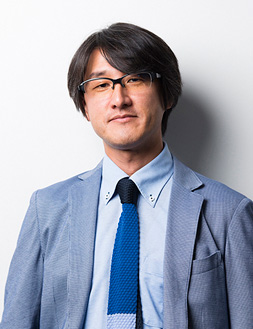
Total Direction, Architectural Design
KATO Tsuyoshi
After working in promotion and commercial facility design, he is now mainly involved in Design Direction for culture and communication spaces. He values "the story behind it," "surprises in hospitality," and "the tactile sensation of the space," and strives to create facilities that "make the lives of those who visit just a little bit richer."
Main Achievements
*The shared information and details of the project is accurate as of the date they were posted. There may have been unannounced changes at a later date.
Affiliated companies and solutions
Related Achievements
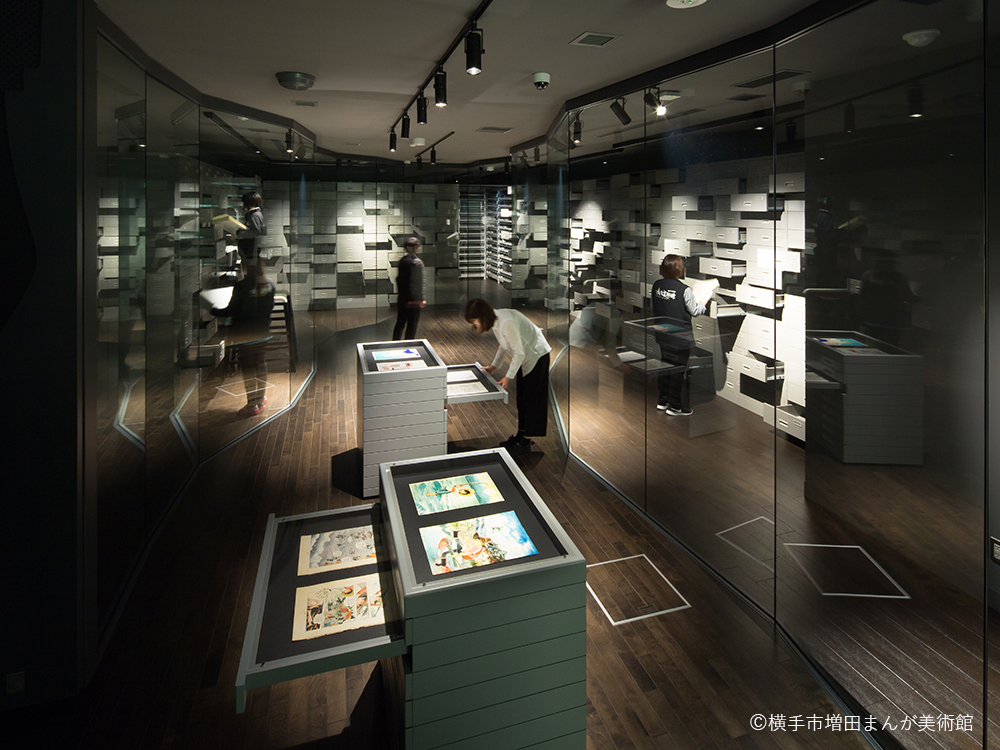
Yokote Masuda Manga Museum Renewal
A full-scale manga museum that conveys the charm and passion of manga through original drawings
- Cultural Spaces
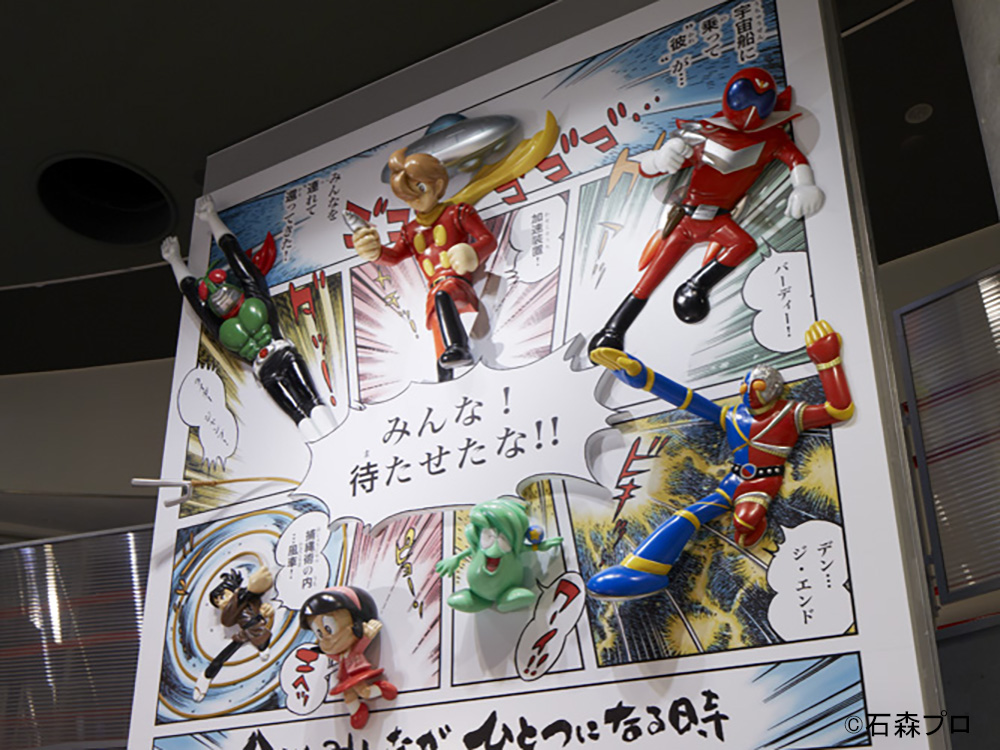
Ishinomori Manga Museum
Shotaro Ishinomori returns with heroes from across generations!
- Cultural Spaces
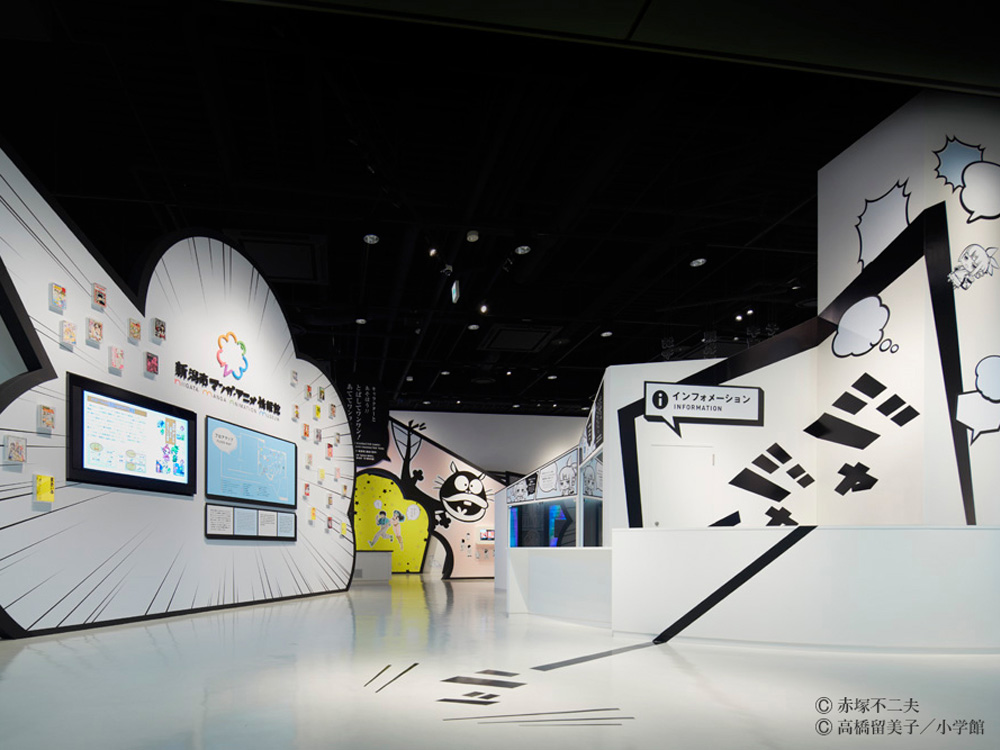
Niigata City Manga and Anime Information Center
Visitors are the main characters. An experiential facility where you can enjoy going back and forth between two and three dimensions
- Cultural Spaces
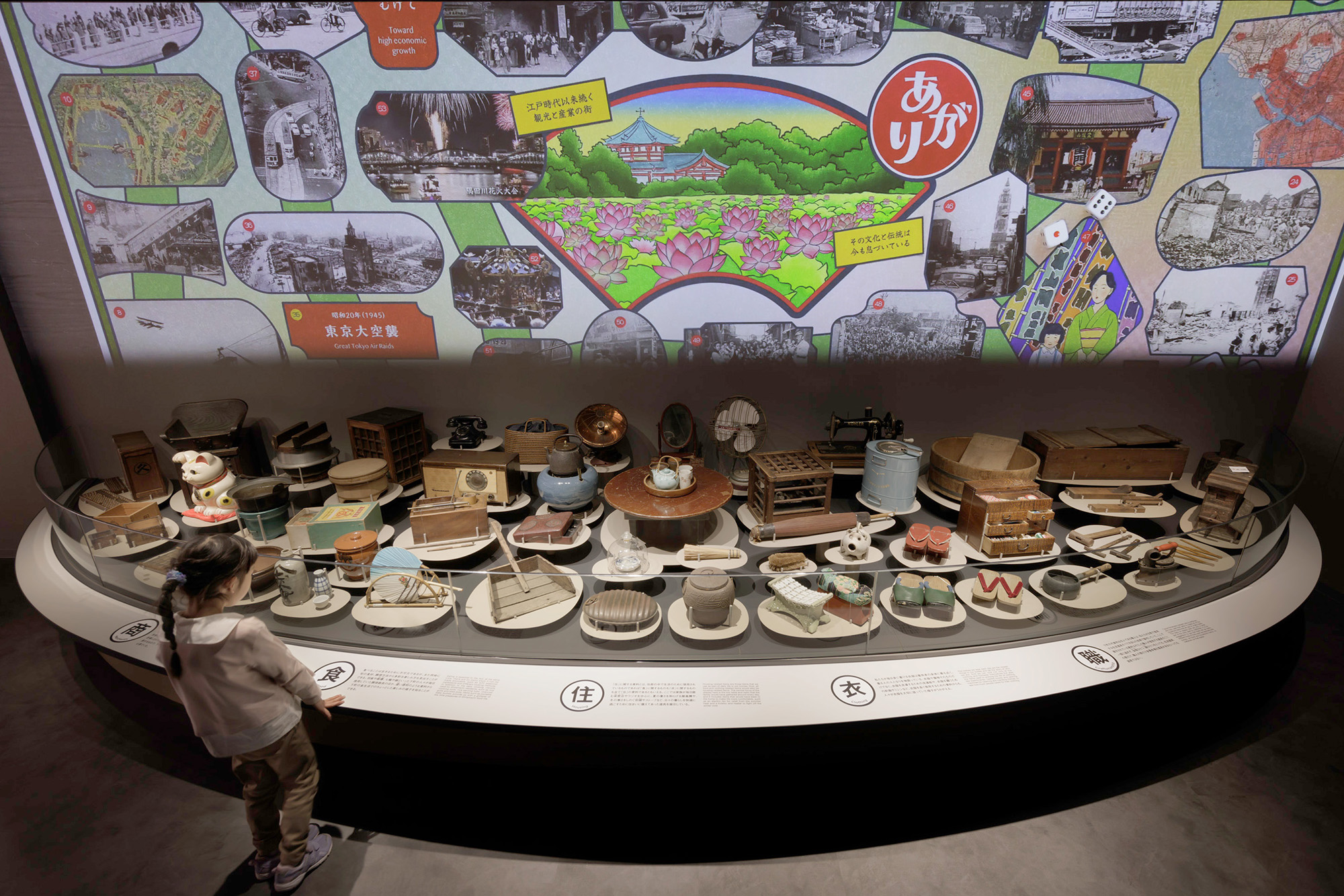
Taito City Shitamachi Museum
Set in Taito Ward, it traces the memories of the downtown area and evokes the scenery and emotions of the city in the past
- Cultural Spaces
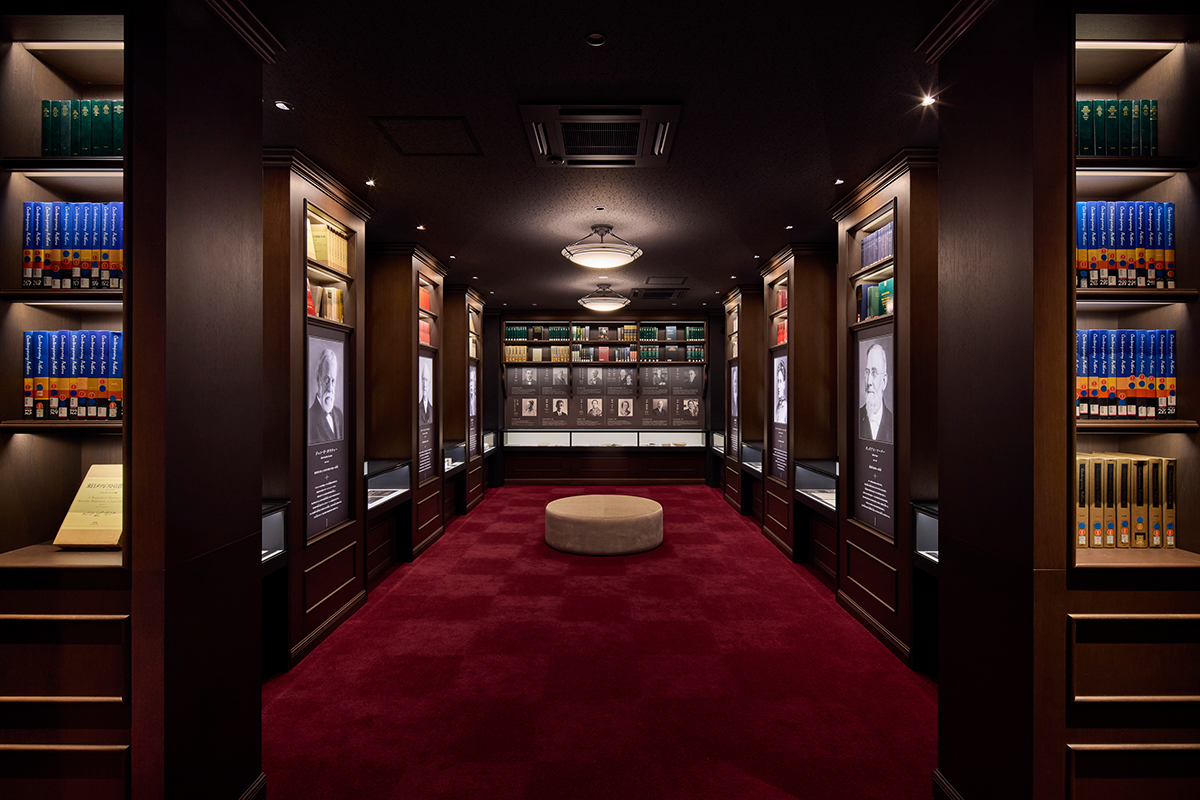
Aoyama Gakuin Museum
The thoughts of people associated with Aoyama Gakuin are woven together through light, gently enveloping and quietly guiding visitors.
- Cultural Spaces
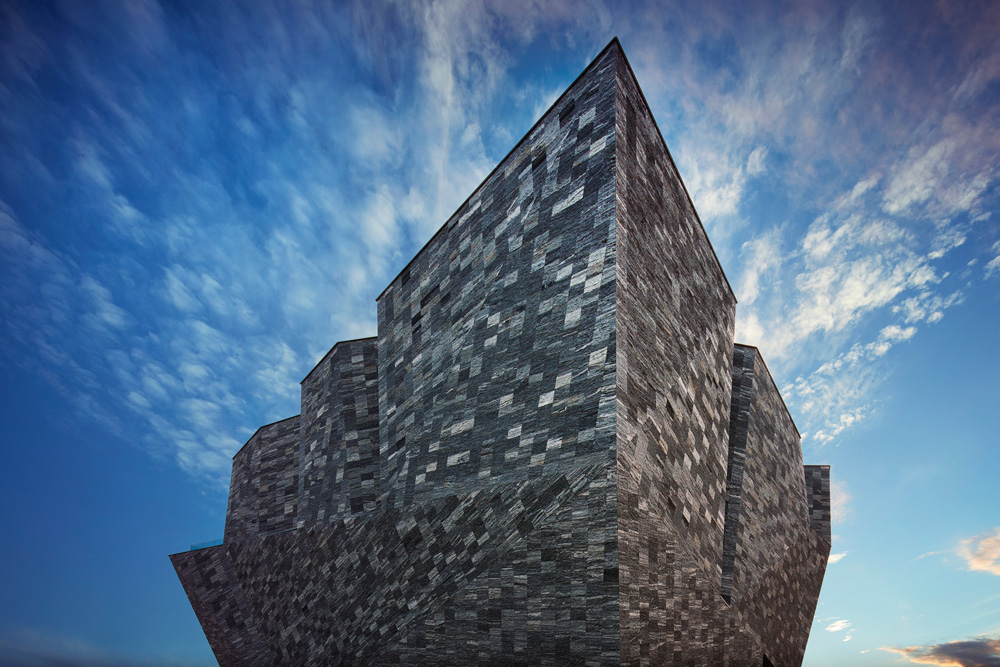
Kadokawa Musashino Museum
A new concept cultural complex that combines a library, art gallery, and museum
- Cultural Spaces
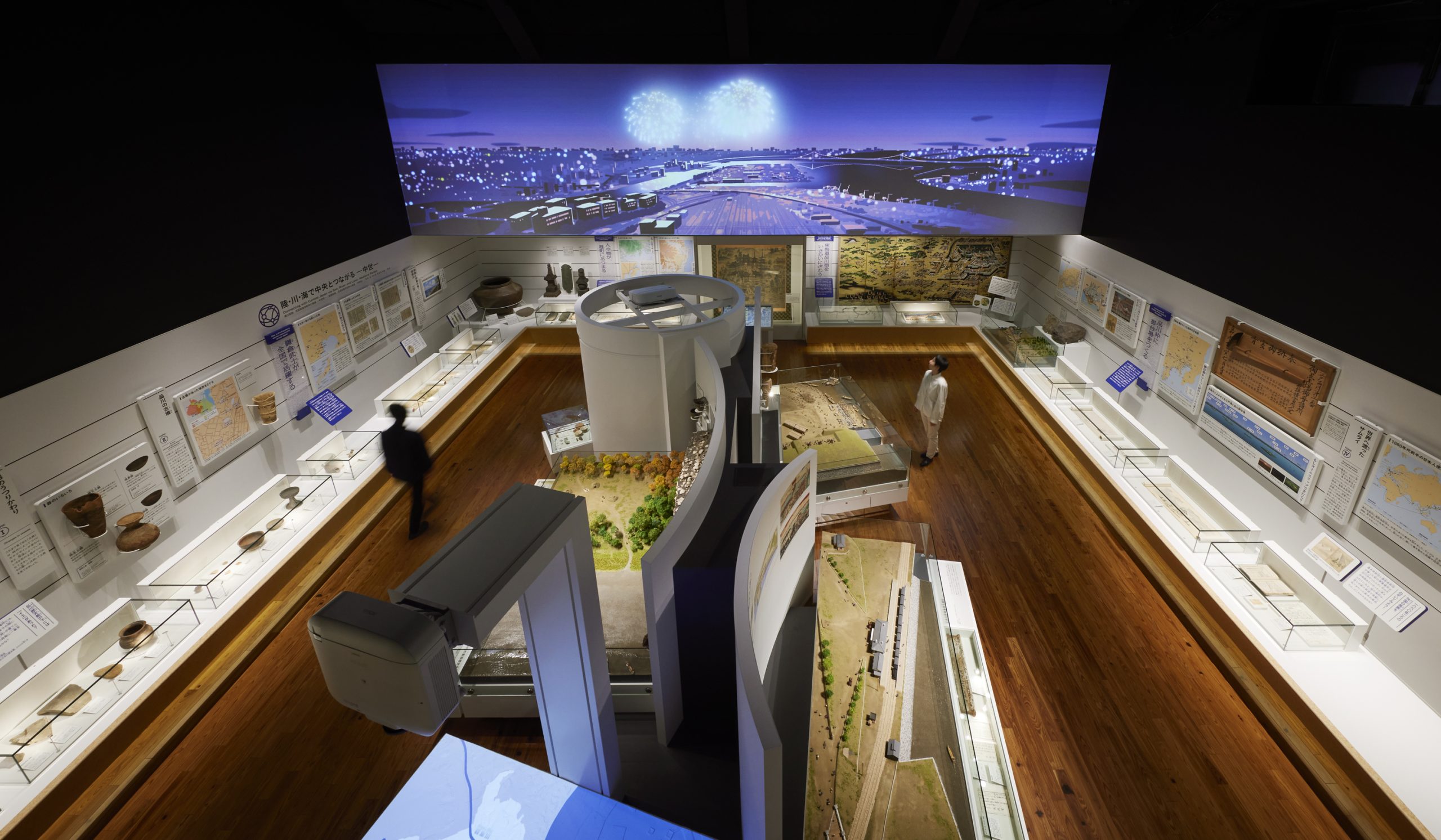
Shinagawa Historical Museum Renewal
Visit the "Live Museum" to learn about the past and present of Shinagawa, a city connected to the world
- Cultural Spaces
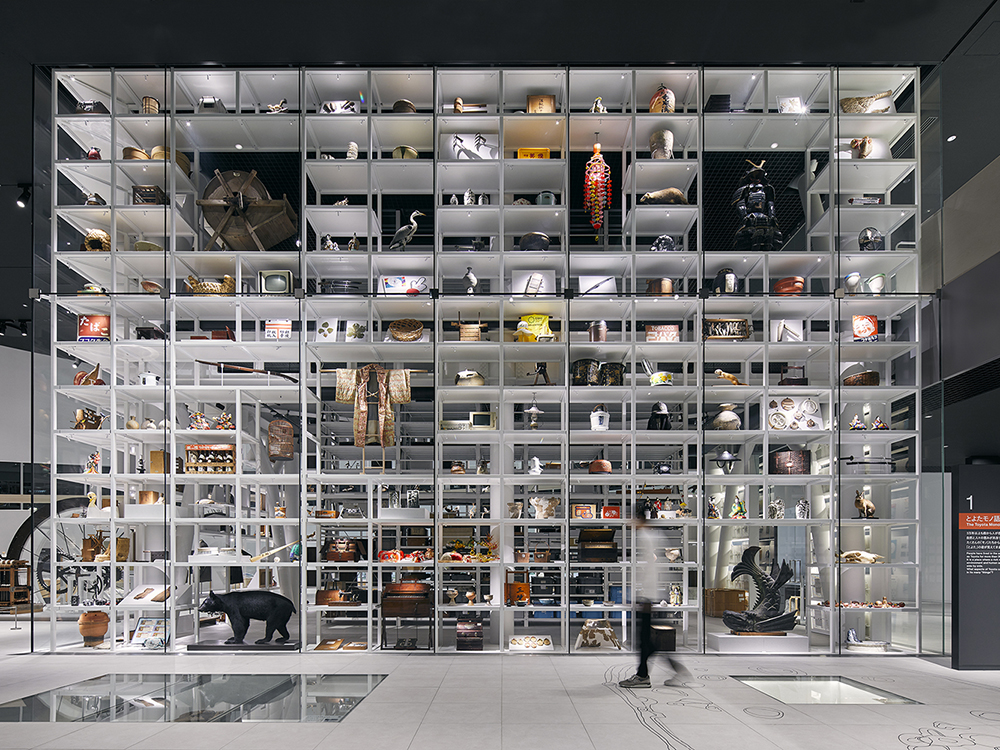
Toyota City Museum
A museum that is continually created by everyone, where a diverse range of people, primarily local residents, can gather and interact
- Cultural Spaces
